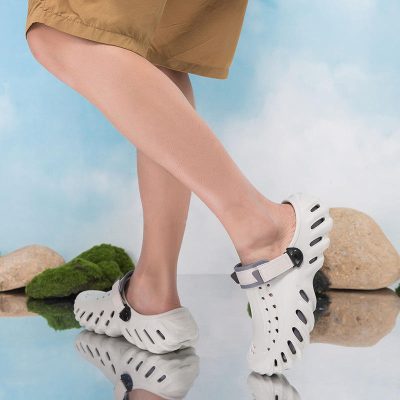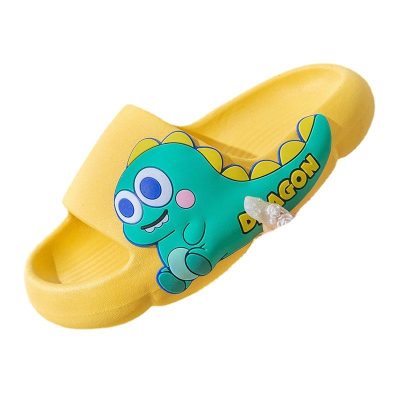Choosing flip-flop soles for maximum comfort involves considering several factors such as material, arch support, cushioning, fit, and the intended use. Here’s a comprehensive guide to help you select the most comfortable flip-flop soles:
1. Material
EVA (Ethylene Vinyl Acetate):
- Pros: Lightweight, excellent cushioning, and shock absorption.
- Cons: Can compress over time with heavy use.
Memory Foam:
- Pros: Molds to the foot shape, providing customized comfort and pressure relief.
- Cons: May compress and lose shape over time, retains moisture.
Rubber:
- Pros: Durable, excellent traction, and water-resistant.
- Cons: Can be heavier and less breathable.
PU (Polyurethane):
- Pros: Good cushioning, support, and durability.
- Cons: Typically more expensive and can be heavier than EVA.
Recycled Materials:
- Pros: Environmentally friendly, often durable.
- Cons: Quality and consistency can vary.
TPU (Thermoplastic Polyurethane):
- Pros: Highly durable, flexible, and comfortable.
- Cons: Generally more expensive.
2. Arch Support
- Look for Contoured Footbeds: Flip-flops with built-in arch support help maintain proper foot alignment, reducing strain on the feet, ankles, and lower back.
- Ergonomic Design: Soles with ergonomic designs can provide better support and comfort for prolonged wear.
3. Cushioning
- Layered Construction: Multi-layered soles with different densities of foam or gel can offer enhanced cushioning and shock absorption.
- Soft Footbeds: Choose footbeds that are soft yet supportive to provide comfort without sacrificing stability.
4. Fit and Sizing
- Proper Fit: Ensure that the flip-flops fit well, with your foot fitting comfortably within the boundaries of the sole. The arch should align with your foot’s arch.
- Adjustable Straps: Flip-flops with adjustable straps allow for a more customized fit, which can enhance comfort.
5. Traction
- Textured Soles: Look for soles with textured patterns or treads that provide good grip and traction on various surfaces to prevent slips and falls.
6. Breathability
- Ventilation: Soles and footbeds with ventilation features or materials that wick moisture can help keep your feet cool and dry, enhancing comfort.
7. Intended Use
- Indoor vs. Outdoor: For outdoor use, opt for more durable materials like rubber or TPU that can handle rough surfaces and moisture. For indoor use, lightweight materials like EVA or memory foam can offer sufficient comfort.
- Water Activities: If you plan to use flip-flops near water, choose water-resistant materials like rubber or specially treated EVA.
8. Additional Features
- Anti-Microbial Treatments: Some flip-flops come with anti-microbial treatments to prevent odor and bacterial growth.
- Heel Support: A slightly elevated heel can provide additional support and reduce strain on the Achilles tendon.
Conclusion
When choosing flip-flop soles for maximum comfort, prioritize materials that offer a balance of cushioning and support, such as EVA, memory foam, or PU. Ensure that the flip-flops have good arch support, fit well, and provide adequate traction. Consider the intended use and look for additional features like breathability and anti-microbial treatments to enhance overall comfort. By focusing on these factors, you can find flip-flops that provide the comfort and support you need for everyday wear.


















